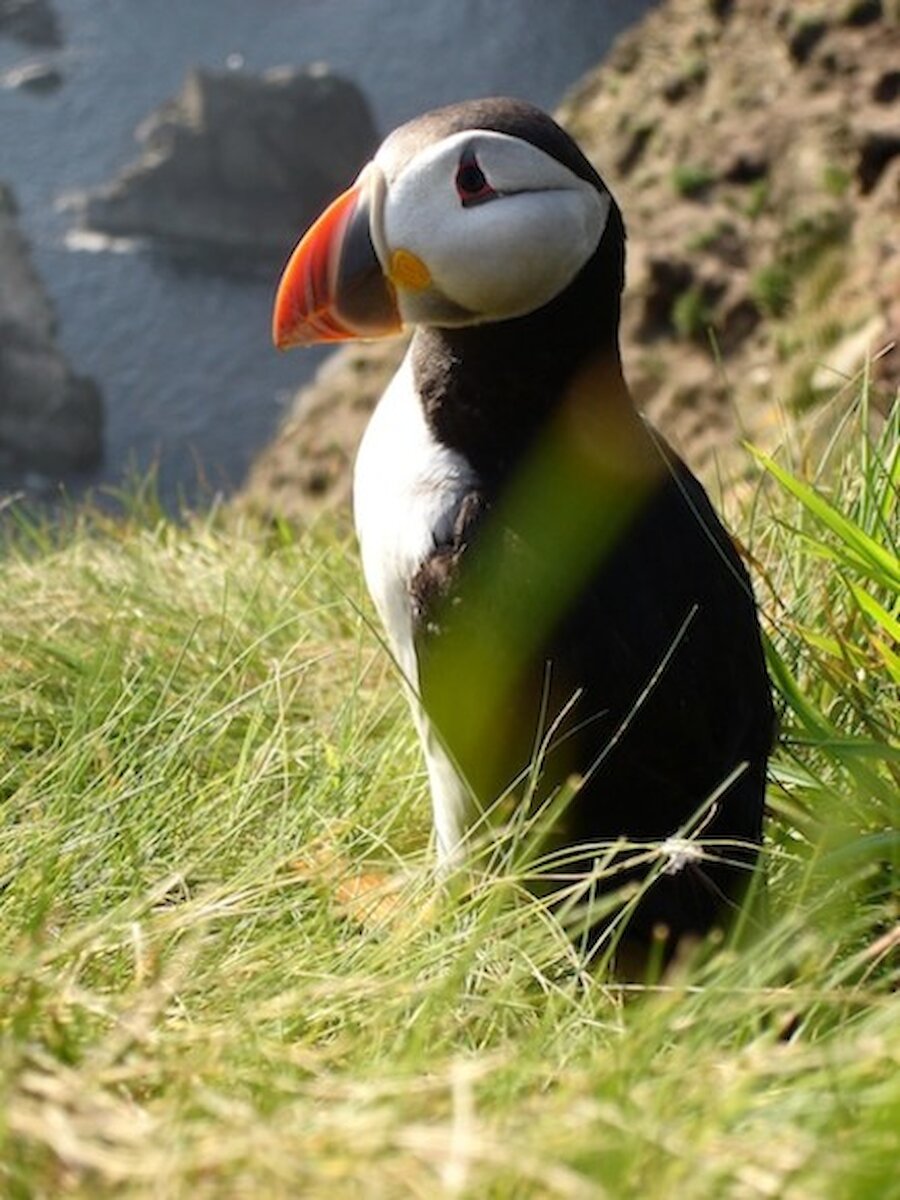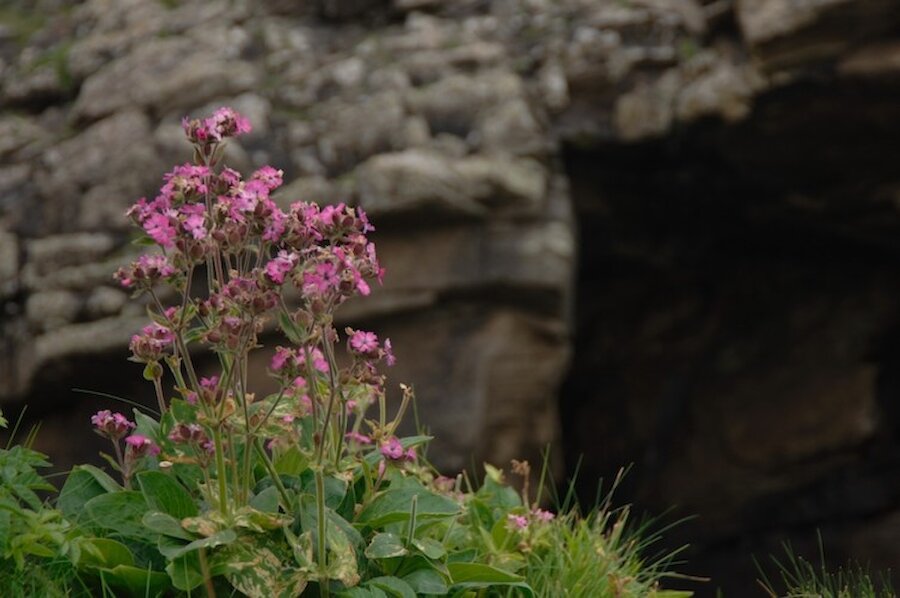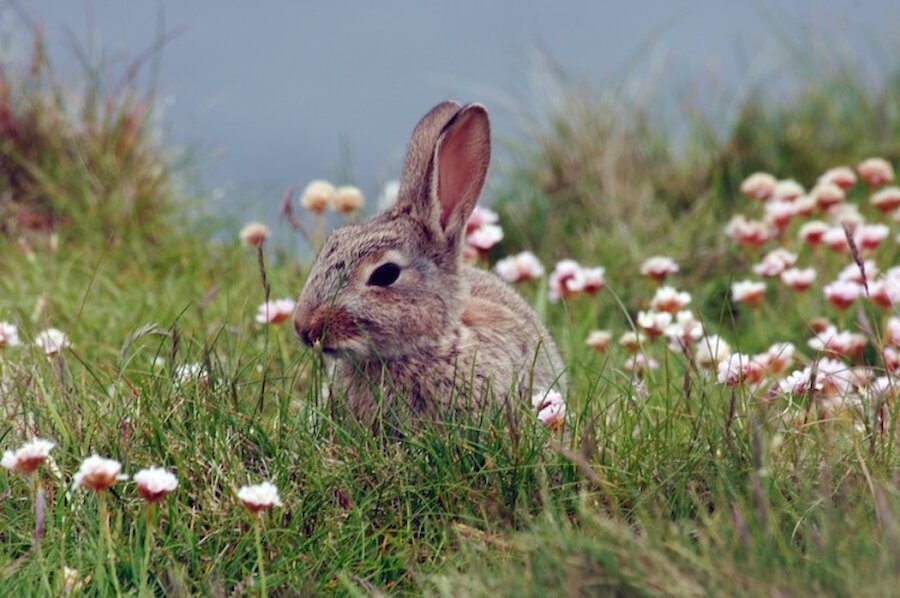Shetland, it's for the birds.
The one thing that every visitor to Shetland can't fail to notice is the teeming bird life, there are birds everywhere! Over one million birds of 70 different species breed in the islands. Many of these are of national and international significance. As well as breeding birds, Shetland is of great importance to migrating birds with over 430 species recorded in the islands. With such a huge number of individuals either breeding or passing through the islands, and a human population of only 20,000, it could be argued that Shetland is for the birds.
Add an abundance of marine life, sea mammals such as grey and common seals, regular sightings of whales, dolphins and porpoises, one of the highest densities of otters in the UK and an interesting and diverse flora, it is little wonder that Shetland has attracted naturalists and ornithologists for centuries.
Geographic location
The main reason for Shetland's abundance of wildlife is its geographic location. Situated midway between the UK and the Arctic, Shetland is on a migration flyway. Large numbers of birds pass through the islands on their migrations to and from the Arctic. Several species stop off to feed, and the island's position also attracts many vagrant species from North America and Asia that have been blown off course. As a result Shetland is renowned as a rarity hotspot which also incurs a human migration, that of birdwatchers who visit the islands every spring and autumn in the hope of finding some of these rare stragglers.
Shetland is situated close to the edge of the European continental shelf, where nutrient rich waters from the deep Atlantic mix with those of the shallower North Sea creating ideal conditions for the production of phytoplankton, which feeds a higher food chain of zooplankton, fish, seals, cetaceans and seabirds. The proximity of Shetland to these rich feeding grounds provides convenient and relatively undisturbed breeding sites for the 23 species of seabird and two species of seal that breed here.
Shetland's relatively wet oceanic climate has helped to create a large expanse of blanket bog in the interior of the islands, which is attractive to many species of moorland breeding birds particularly wading birds such as Curlew, Whimbrel, Dunlin and Golden Plover.


